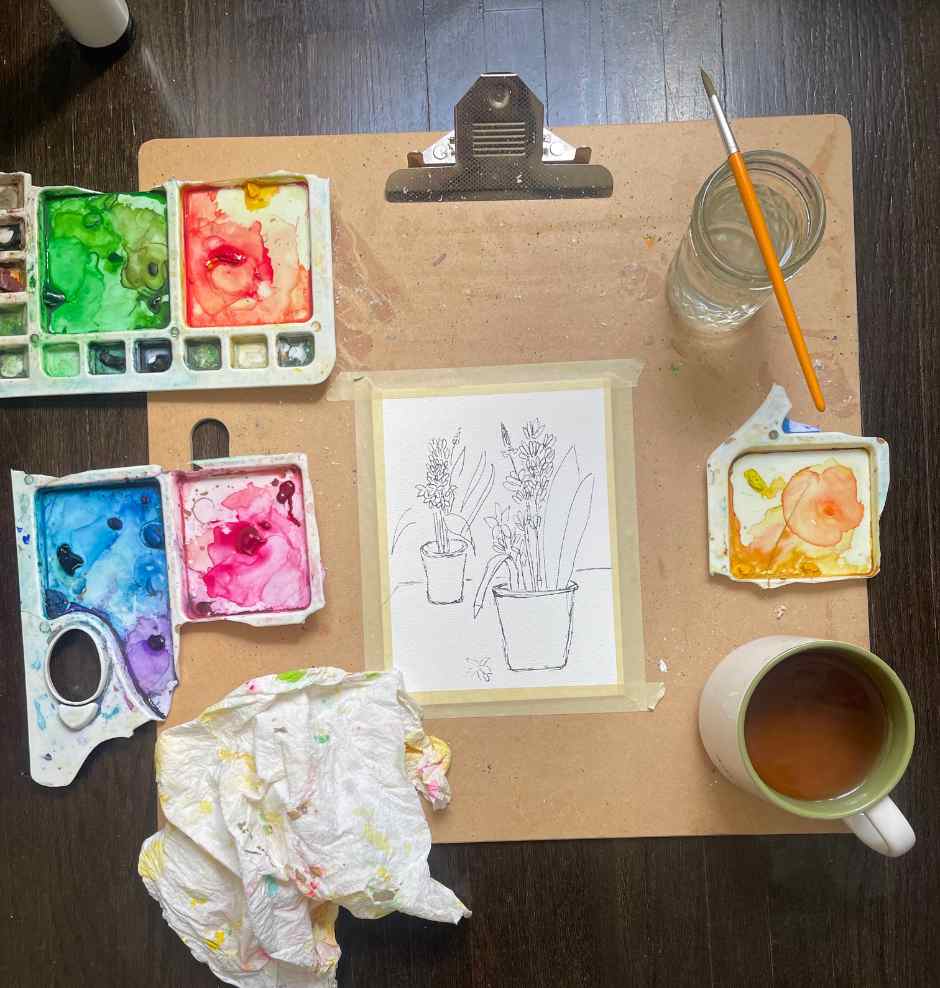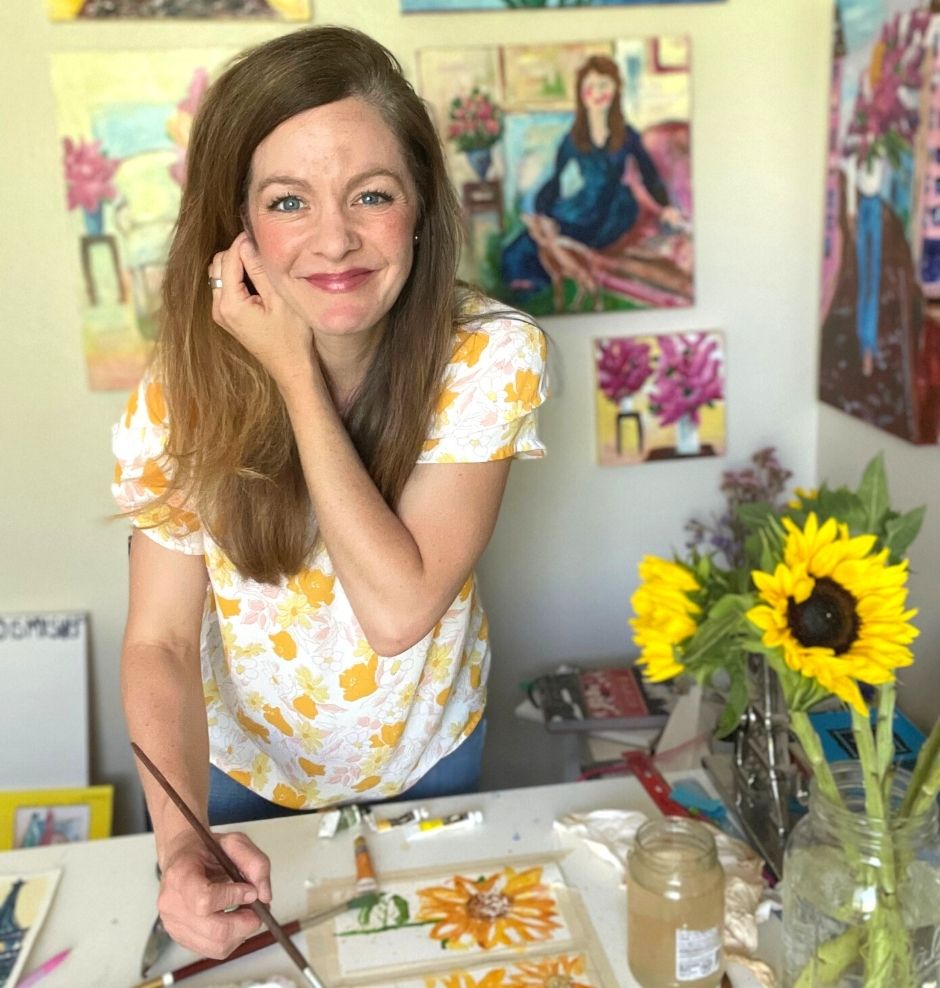When I started writing, it felt like an insurmountable task. My mentor, Carol, encouraged me and invited me to the writers' group, The Write Bunch, she was a part of. They met once a month from 10-2. They'd been meeting for more than twenty years.
Each month, everyone brought their own lunch to eat between 11:30 and 12:00. One person signed up to bring a snack to share. I had the best desserts there. Each woman would read aloud for 20 minutes, then the group would offer encouragement and constructive feedback.
The Write Bunch was the most life-giving group I've ever been a part of.
And I certainly didn't want to show up without something to read aloud to the group.
But I hadn't written anything longer than a children's book in my earlier years or a long essay for a magazine. How was I going to write an entire book?
The best time of day for me to write was the mornings. My imagination seemed fresh and uninhibited. Meaning, I could write fairly freely without the critical self-editor correcting all every other word. I decided to try getting up a little earlier a few times a week.
It worked. Eventually.
Not well and not at once. At first, I barely wrote once a week. I didn't know what to write and felt terribly insecure.
But after trial and error, I figured out that writing a few times a week in the morning and editing once in the evening would get me to the place of writing something worth bringing to the writers group.
If you want to create, but still struggle to make it work, here are a few things I've learned along the way. I hope these help you or provide inspiration for creating your own rhythm.
Whether I'm working on a book or a new art collection, creating in the margins has the same battles no matter the medium.
That being said, here are 5 tips for making the most of your margin time.
1. Create a space that makes it easy to start when you have margin time.
For example, I often keep projects on a art board. My art board can fit up to an 11x17 inch piece of watercolor or I can adhere a couple of smaller sizes. The board can easily be moved to the top of the fridge or somewhere out of reach of littles hands or out of the way of other work.
2. Prep work is essential.
Enjoy spending one session of margin time in the prep work. This could mean a lot of things from cleaning out the watercolor palette, preparing paper for the next few projects, deciding what to paint and printing out the pictures or getting out the books or setting up the flowers in a vase from the garden or the store. Doing all this can easily take up fifteen minutes – or more – but that prep work is essential to the productivity of the next several margin sessions.
3. Do a bit of a warmup.
If I don't warm up before I run in the mornings, it's guaranteed to go poorly and I might injure myself. What's a creative warmup? Maybe it's taking one minute to scribble-sketch a few flower petals or leaves before committing the sketch to paper.
I will take a small piece of watercolor paper and paint circles of the colors I want to use on the painting of that margin session. Do the colors together? Is that the right shade of green? Is there one color too many?
4. Keep a note pad nearby or an app on your phone to take notes about upcoming margin sessions.
One of the gifts of regular, even semi-regular margin times is the way my brain will start to see and think about future sessions. Whether its painting flowers or embroidery on a dishtowel, the brain begins to help me by solving problems, thinking of solutions and options for the next creating time. This happened a lot when I was working on a book. Bits of dialogue, how a scene looked, an ending to a chapter and so much more would come to me as I was out doing regular life.
5. Margin time works best - and will be easier to make a habit - if it is at a similar time.
Just like
in this article where I share about my before-the-morning-commute writing habit, it is easier to keep creating during a margin time if it is built in to the schedule.
I love to embroider. One of the ways I will do this is before bed. Other things seem to wear on my brain, but I'll turn on an episode of a show from a bygone era for a few minutes and work on a pattern Friday and Saturday nights, for about fifteen minutes or so, sometimes longer.
NOT having a built in time is not a deal breaker, but I think you'll discover it is easier to create consistently with a bit of a schedule.
Don't Let Hiccups Stop You
Every time we work towards something good, noble, lovely, there will be "hiccups," something that tries to thwart us, stop us, prevent us.
Often, I find that I'm the problem. Self-sabotage is a great tool. There is always something to do instead of creating. There is always a distraction or news item to pay attention to.
But creating beauty and paying attention to beauty is important. It's important for our own lives and for those around us. Stopping to nurture the gifts we've been given is an act of thankfullness to the Giver of all good things.





